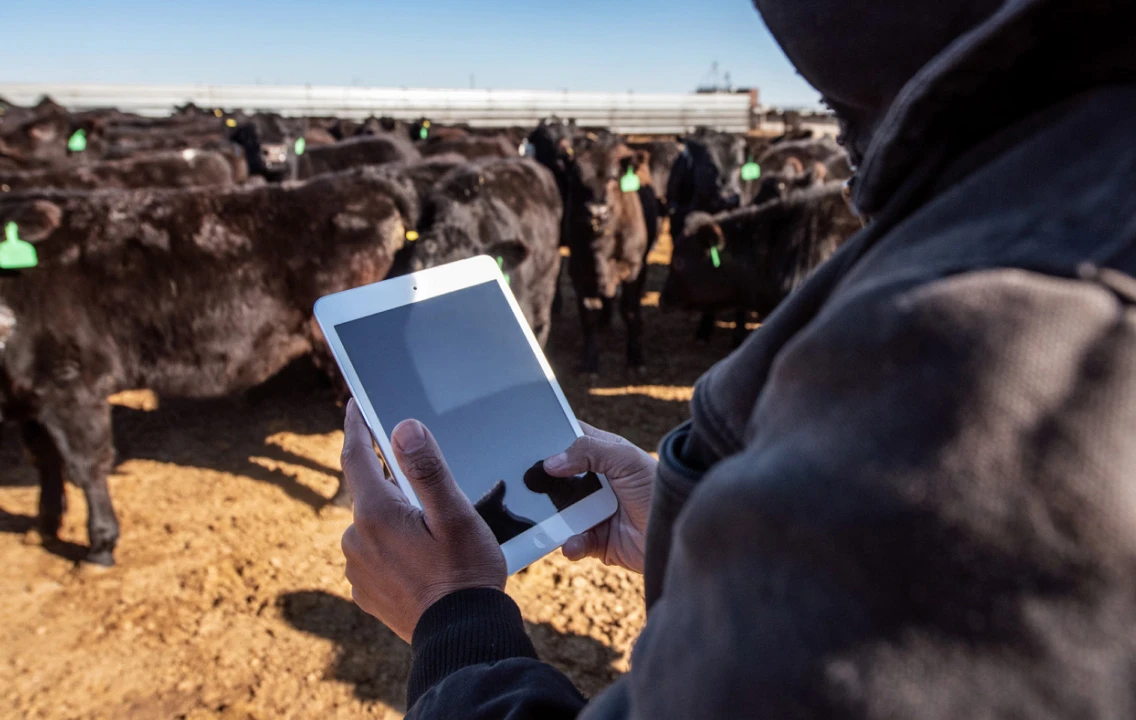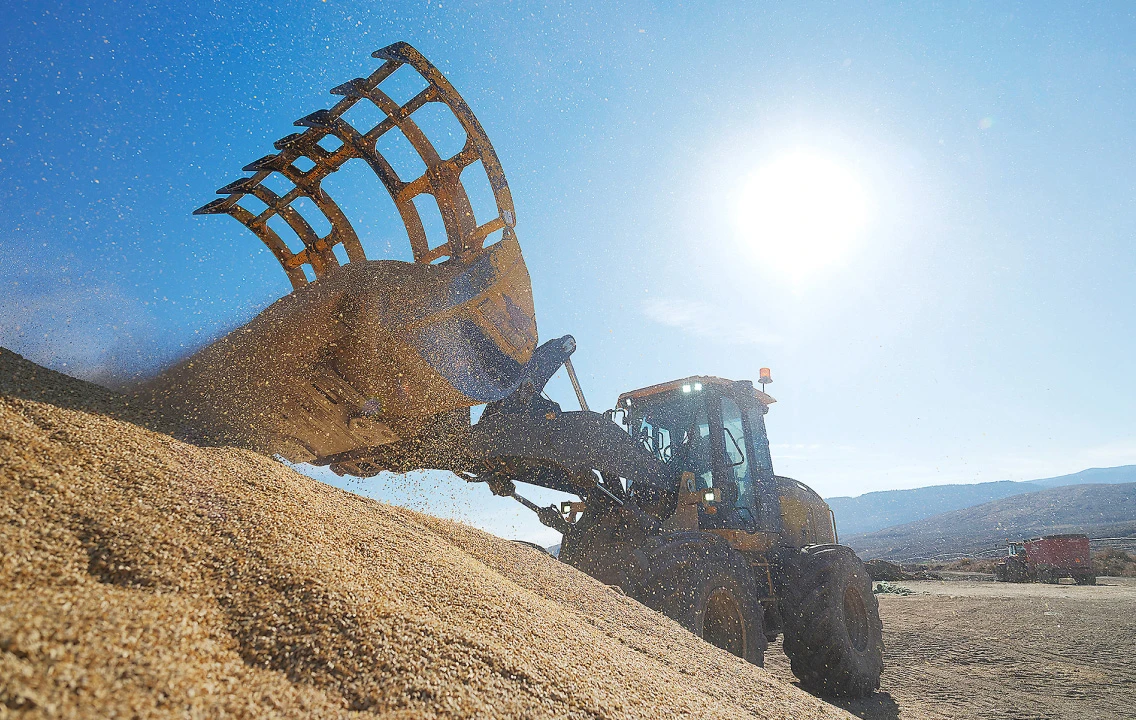Build a cost-effective nutrition program that supports healthy, productive animals and efficient feedlot operations with customized strategies built by TELUS Feedlot.
Enhance your feedlot
Product highlights
Evaluate site-specific feeding opportunities
Implement cost-effective production practices
Receive bi-lingual training for your staff
Get real-time monitoring from your TELUS Agriculture experts
Access a large team of TELUS Agriculture experts
Key Features
Strategies based on large-pen field trials and economic modeling
Customized cost-effective feeding strategies developed by TELUS Agriculture experts using research and economic modeling.

Access a large team of production experts
Expert-provided training to help feedlots manage day-to-day feed manufacturing and delivery.

Summarized data analysis in real-time
Scheduled reports, customized to your feedlot, to assist in future decision making.

Benefits
- The most cost-effective feeding programs
Optimize the net cost of production with customized feeding programs supported by research-backed principles based on performance, health and carcass outcomes.
- Implement the best feeding strategies
Accurately project cattle performance, health and carcass characteristics, based on research, commodity availability and price, to optimize cost of gain.
- Create stronger, more effective strategies
Determine the net economic impact of each feeding program through comprehensive economic modeling to investigate a variety of commodity costing scenarios.
- Implement best practices
Refine your feedlot’s quality control and bunk management with training from our bi-lingual team.
- Receive real-time monitoring
Optimize your feeding program with real-time monitoring of metabolic events, centralized from TELUS Feedlot Record Management and other data collection sources.
Get started today
Contact us and a TELUS Agriculture & Consumer Goods sales representative will be in touch to assist you.
Schedule a call with an expert
